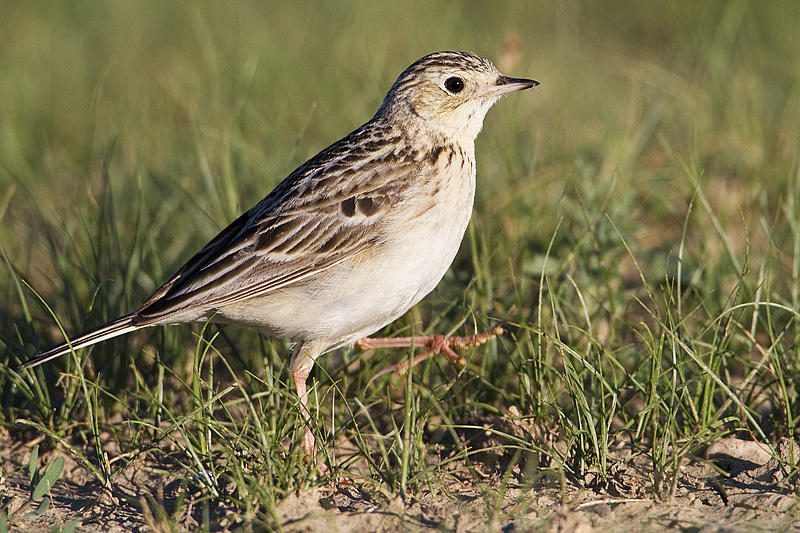
Anthus spragueii
TAXONOMY
Alauda spragueii Audubon, 1844, North Dakota.
OTHER COMMON NAMES
French: Pipit de Sprague; German: Prдriepieper; Spanish: Bisbita
Llanera.
PHYSICAL CHARACTERISTICS
6.3–7 in (16–18 cm); 0.8–1 oz (22–29 g). Pale buff face; olivetan
upperparts streaked with buff and black; buff to whitish underparts
with dark streaking; white outer tail feathers. Dark
eyes; thin pale bill; creamy pink to yellowish legs and feet.
Plumage camouflages the bird in prairie grasses.
DISTRIBUTION
Breeds in south central Canada (Alberta, Saskatchewan, Manitoba,
British Columbia) and adjacent north central United
States (Montana, North and South Dakota); winters in southern
United States and northern Mexico south to Guerrero and
Veracruz.
HABITAT
Tall grass prairies and short-grass plains; on migration uses
stubble and fallow fields.
BEHAVIOR
Often flies high when flushed. Displays with a high, arcing
song flight. Migrates south September through November, returns
to breed in April through May.
FEEDING ECOLOGY AND DIET
Forages on the ground for insects; also takes some seeds.
REPRODUCTIVE BIOLOGY
Monogamous. Nest is a cup of grass and weed stems, built on
the ground and often overarched with grass. Lays four to seven
eggs; fledging period 10–11 days or more. May be doublebrooded.
CONSERVATION STATUS
Vulnerable because of rapid population declines in the United
States and Canada due to loss of prairie breeding habitat to
crops, pasture and hayfields, and the introduction of alien plant
species; intensive grazing is a threat throughout its range.
SIGNIFICANCE TO HUMANS
None known.
Photo Gallery of - Sprague’s pipit
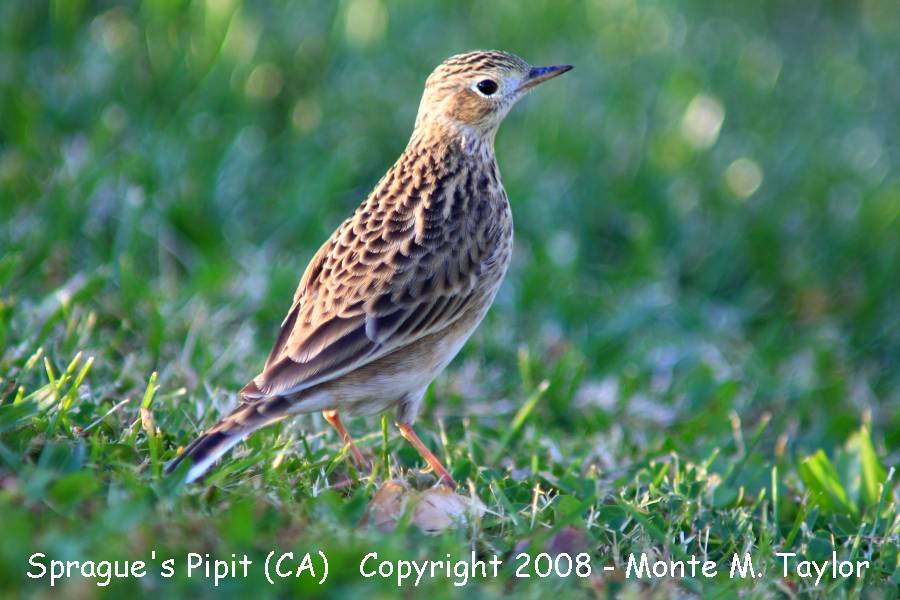
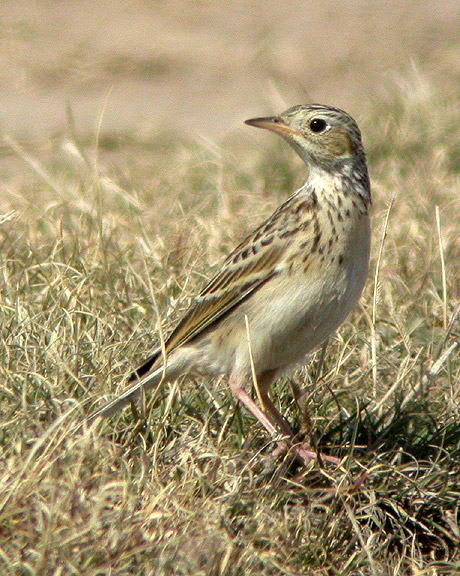
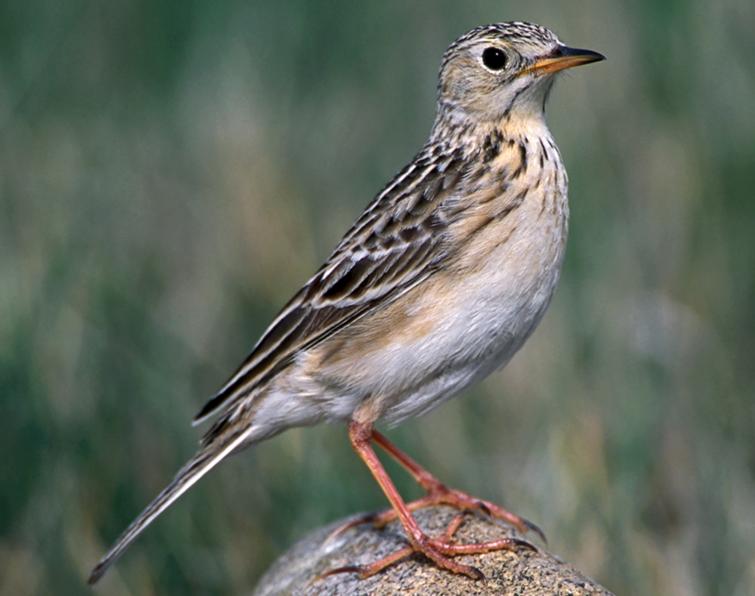
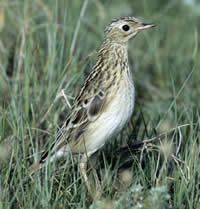
 Animalia Life
Animalia Life